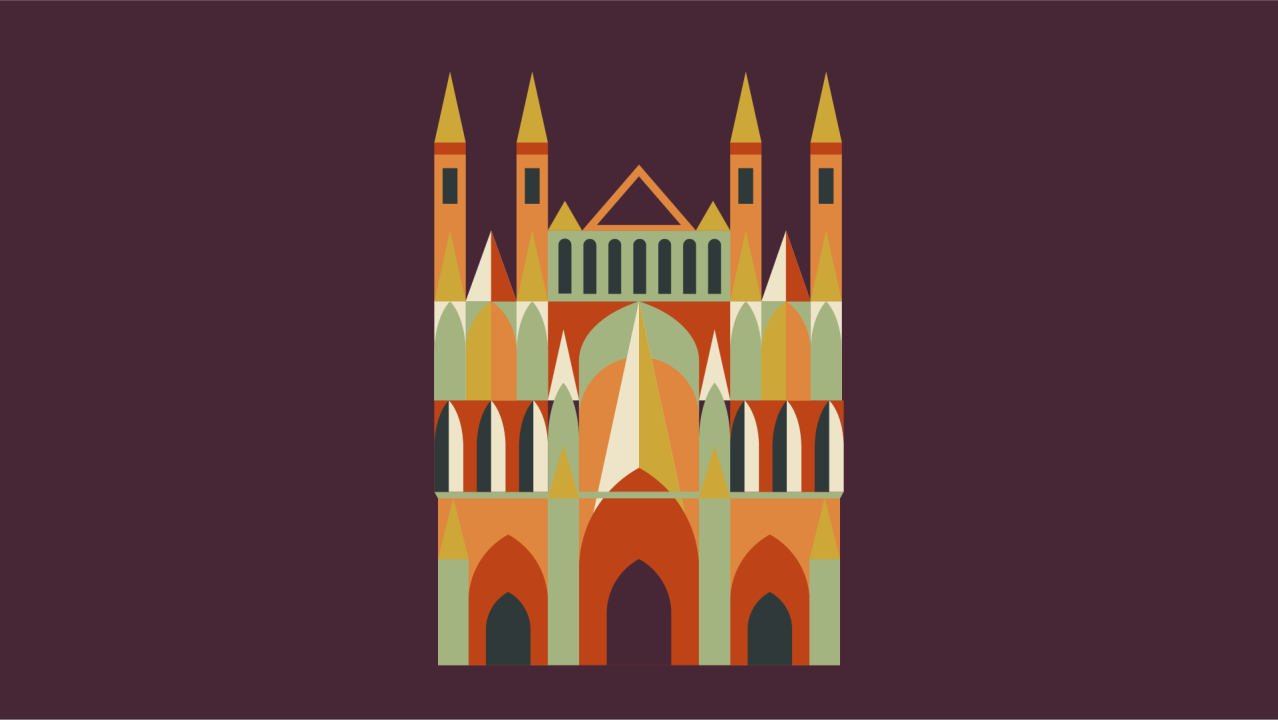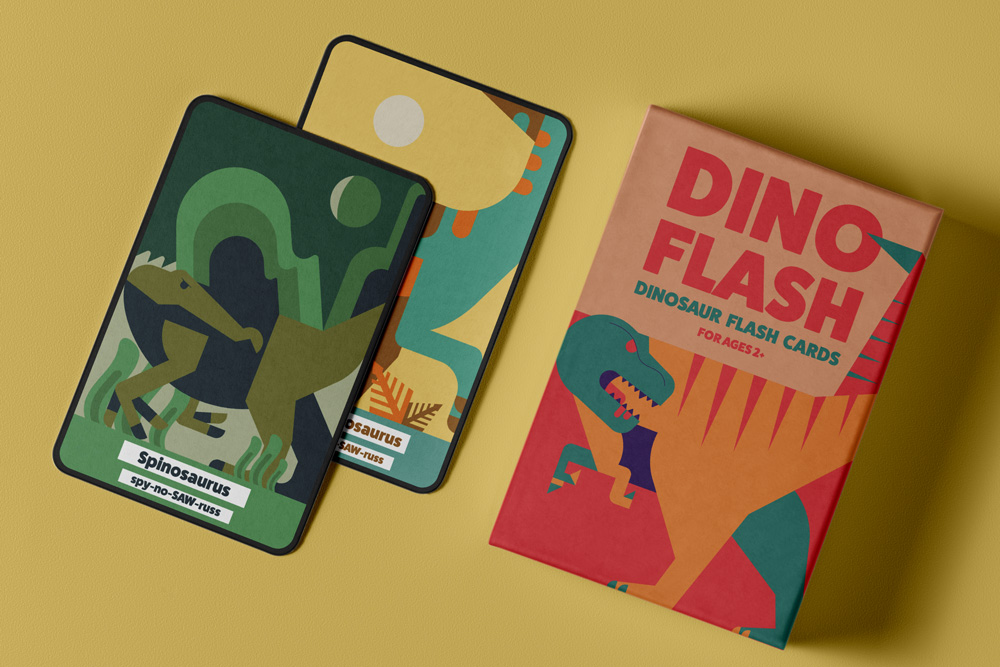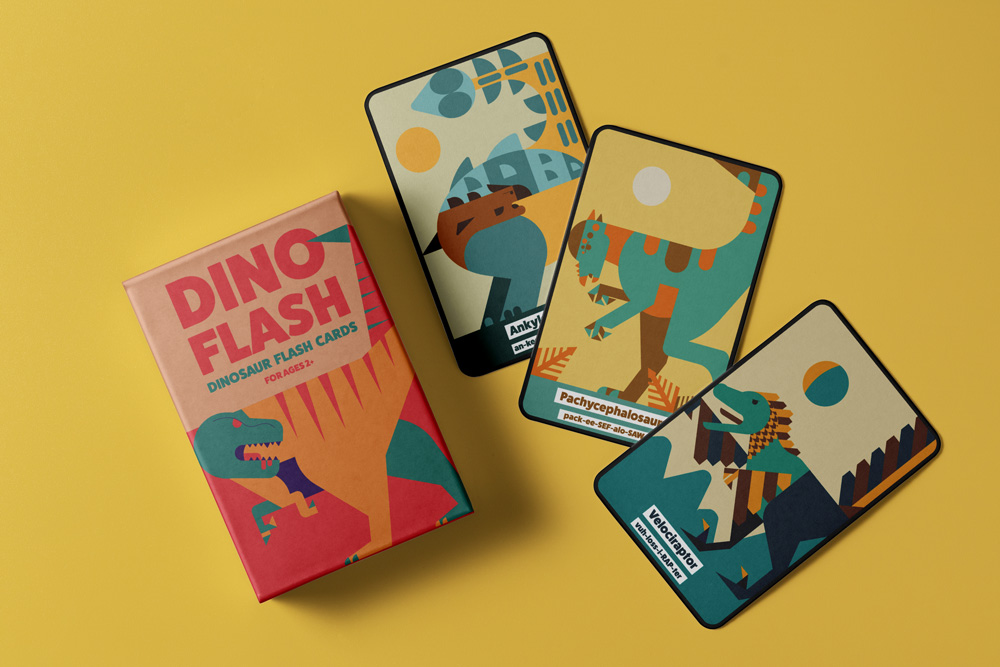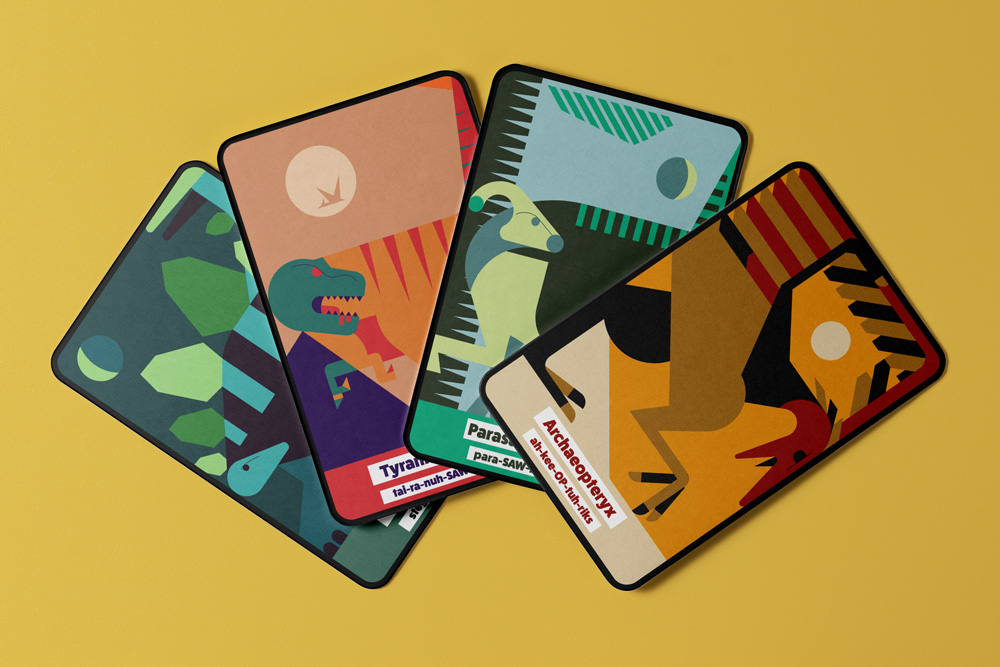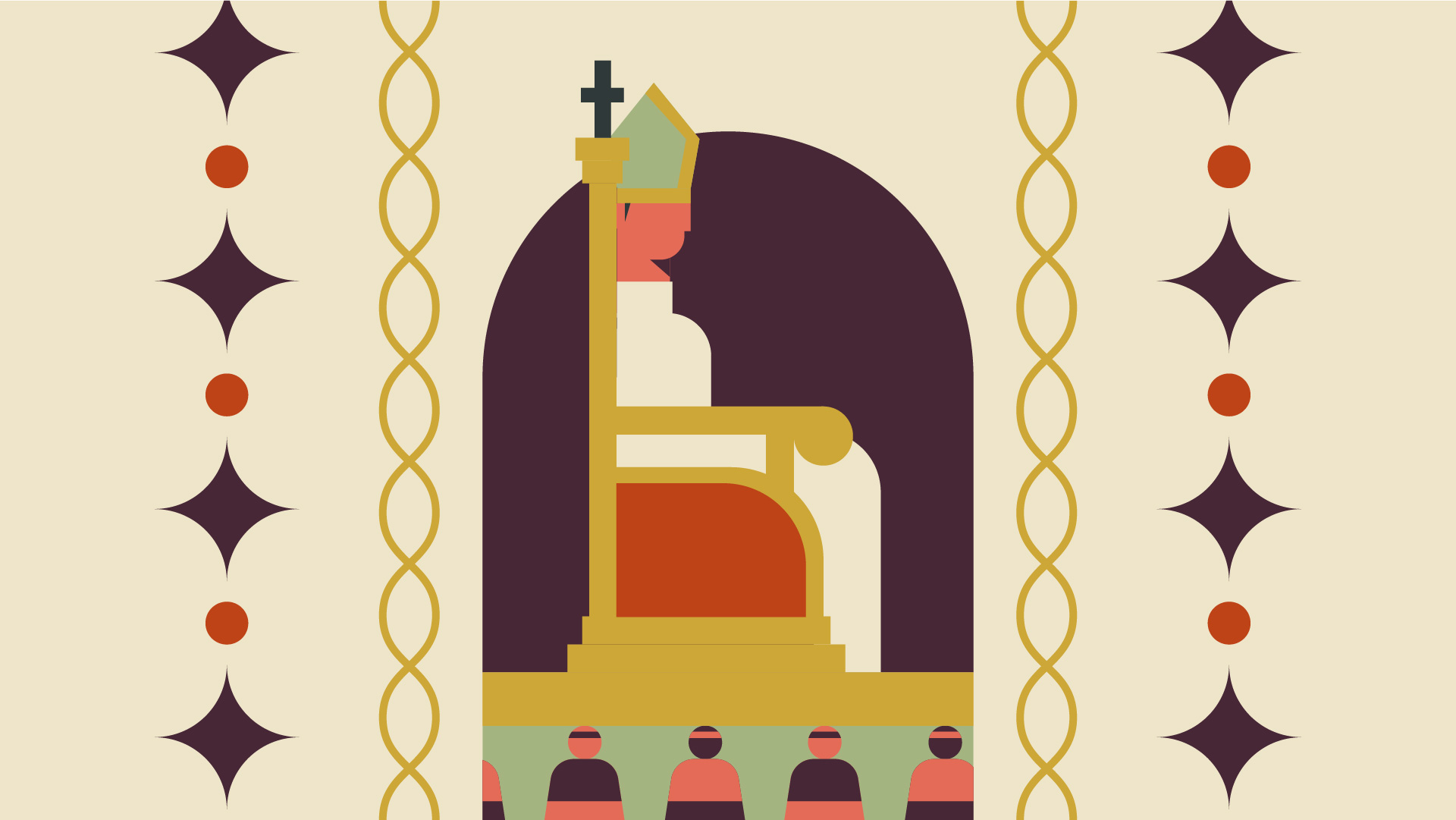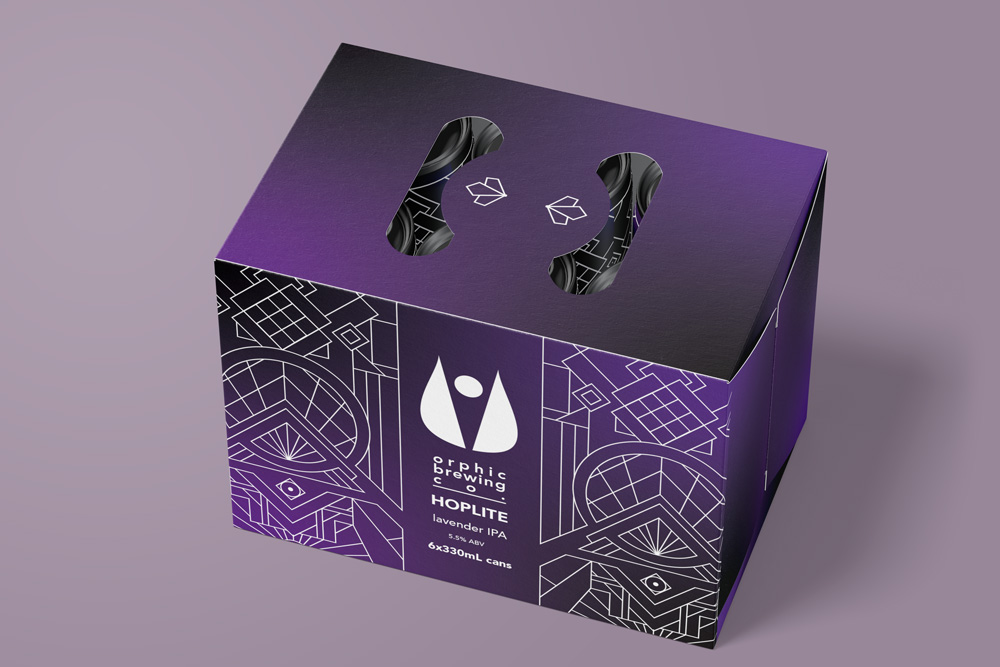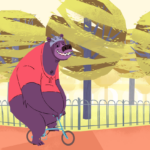Guest Spotlight: Haydn Curtis, designer and illustrator

Haydn Curtis, 28, Manchester
Personal Journey:
- What sparked your interest in graphic design, and how did your journey begin in the field?
“I’ve always been artistic, I loved drawing and painting when I was growing up, but as you get older your interests become more focused and for me illustration and graphic design really went hand in hand with my impatient and frantic nature. I like being able to explore as many options as I can in as little time as possible. My journey began in earnest last year when, with the help of my partner, I decided to dedicate a significant portion of my time to building a professional portfolio.”
- Are there specific life experiences that have significantly influenced your approach to graphic design?
“I think my passion for graphic design can probably be traced back to a single exhibition I saw when I was at art school. There was an Ivan Chermayeff retrospective, and the sheer simplicity of his posters really spoke to me. I think from then on my tastes and interests shifted.”
There’s been a few challenges along the way. The biggest one was leaving art school with a focus on digital art, and not having a computer or any cash to buy one.
- Could you share some pivotal moments or challenges that shaped your trajectory? How has your background influenced your creative process?
“There’s been a few challenges along the way. The biggest one was leaving art school with a focus on digital art, and not having a computer or any cash to buy one. Then life gets in the way and things like hopes and aspirations get changed or left behind. It took a good few years to return to the idea of making art and it took a lucky meeting to acquire the means of doing so. I think coming from a background where being a professional artist feels a bit like a pipedream has probably had a net negative effect, but it did give me a slight chip on my shoulder that I now use to my advantage and let it fuel my ambition.”
- For individuals with a similar background aiming to venture into the design world, what advice would you offer? How can they overcome potential barriers and pursue their passion?
“Don’t let yourself be discouraged. Aside from socio-economic factors, one of the biggest contributors to stifled potential is giving in to your own feelings of doubt, fear of failure and imposter syndrome. Seek as many avenues of support you possibly can – yes that includes financial support – and most importantly; speak to people! Artists are lovely people and they will help!
Creative Process:
- Can you walk us through your typical creative process when tackling a graphic design project?
The first step for me is to gauge what is going on with my contemporaries. To know where to go it’s handy to know where everyone else is, then I can make an informed decision with which direction to take and what to avoid. Then it’s just a matter of making as much work as possible to flush out all the unusable stuff and reach a ball park where I’m happy. The most important step in any project is getting outside opinions, which I get from my partner. I find that the best work usually presents itself fairly naturally during a flurry of creating, which as far as I can tell, is a pretty universal experience for most creatives.
- How do you balance creativity with efficiency in your work?
“The efficiency of my artwork is integral to creating effective pieces. Conveying messages as simply and effectively as possible was the guiding principle of my time studying Illustration, so naturally these two things go hand in hand.”
Dream Projects and Aspirations:
- What would be your dream project? Is there a specific type of design or illustration work that you aspire to take on in the future?
“My goals and dreams for my design work are constantly changing which can be disorienting. This might stem from my ADHD, but it keeps me on my toes at least. I would love to be able to work with a client to implement top to bottom branding. I love logo design, so being able to create an identity for a brand would be incredible – something unique and iconic that I could point to as a result of hard work and struggle.”


